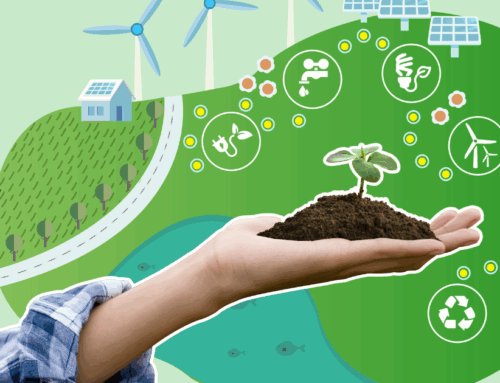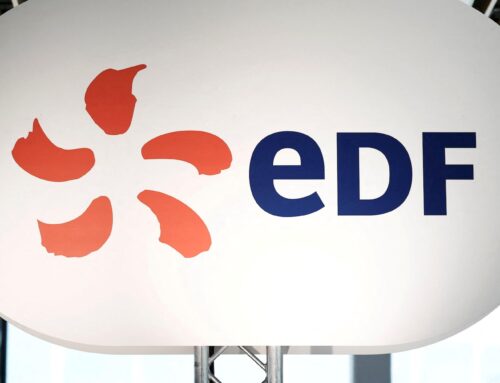EU agriculture 2040: no easy fix for environmental and socio-economic aspects
October 27, 2025
Building on the EU Agricultural Outlook on agricultural markets, and the current national CAP Strategic Plans, a new JRC analysis assesses different policy orientations and how they could shape the EU’s agricultural landscape.
The results are published in the Scenar2040 study which provides a reference scenario (baseline, business-as-usual) and investigates three other scenarios: productivity and investment, environment and climate, and NoCAP.
These scenarios are meant to serve as food for thought, not as a policy blueprint. Their purpose is to enrich the ongoing policy dialogue on the future of the CAP by providing quantitative insights into the potential implications of alternative CAP pathways.
Two contrasting scenarios
The report presents two alternative scenarios based on distinct allocations of CAP funding:
Productivity and Investment: This scenario channels CAP support primarily towards interventions that improve productivity and competitiveness. Compared to the reference scenario in 2040, this results in a 2.7% increase in EU agricultural output across sectors, lower food prices, a stronger trade performance, improving the EU trade balance by EUR 2.7 billion. While this approach would have minimal overall impacts on employment, environmental pressures within the EU could intensify. Among others, this could lead to higher agricultural greenhouse gas emissions (+0.5%) and a 1.4% increase in nitrogen surplus per hectare.
Environment and Climate: This scenario shifts CAP support towards more environmental and climate-focused interventions. This would result in considerable environmental wins for the EU: cutting greenhouse gas emissions by 1.7% and nitrogen pollution by 2% per hectare, while boosting crop diversity, and creating 90,000 new jobs. These benefits, however, have economic consequences: agricultural output would decline by 4%, food prices would rise, and imports increase, worsening the EU trade balance by EUR 1.8 billion.
The trade-offs: intensification vs extensification, domestic vs global
The two scenarios show, that while policy measures can affect production and price dynamics, market fundamentals remain the main drivers of production outcomes. Yet, the report underscores the key structural trade-offs between intensification and extensification. Productivity-focused strategies enhance resource efficiency, raise production and economic performance, and limit herd and land expansion.
Conversely, environmentally focused extensification lowers environmental pressures per-hectare or per-animal, but often requires more livestock and land to sustain production levels, reducing efficiency and increasing pressures per unit of output.
Trade effects add another layer of complexity. While the environmentally focused scenario successfully lowers EU agricultural emissions, this could inadvertently raise global emissions. By reducing its own production, the EU could shift demand to world regions with less carbon-efficient farming—a phenomenon known as emission leakage.
However, the productivity-focused scenario, while slightly increasing EU emissions, could lower total global emissions, as emission-efficient EU producers could displace less sustainable competitors abroad.
What if there were no CAP?
To underscore the importance of these policy trajectories, the Scenar 2040 study simulates a hypothetical “NoCAP” scenario, serving as a further benchmark for the alternative policy scenarios. Removing the CAP entirely (an option incompatible with EU Treaties) would have various negative consequences.
Farm income would decline by around 11%, with smaller and more vulnerable farms facing losses of up to 21%. Overall EU food production would fall by 5%, reducing the EU’s capacity to meet both domestic and global demand. Consumer food prices would rise, disproportionally hitting food expenditures in the most vulnerable households in the EU, while employment in the agri-food sector would drop by approximately 250,000 workers.
Finally, given emission leakage, the analysis also highlights the potential risk of a net increase in global agricultural greenhouse gas emissions, as production shifts to less carbon efficient regions outside the EU.
Together, these results underscore the CAP’s important role as a stabilising force, supporting economic resilience, social cohesion, and environmental balance across EU farms, regions, and sectors.
The path forward: a call for a nuanced and balanced policy
Scenar 2040 does not endorse one CAP trajectory over the other. Instead, it serves as a tool for policymakers, illustrating that there is no “silver bullet” solution. The findings call for a smart, balanced, and nuanced approach to policy design that can navigate the complex trade-offs between economic viability, food security, and environmental protection at both local and global level.
The report makes it clear that the future of the CAP must be built on a sophisticated understanding of these competing demands to ensure a resilient and sustainable future for European agriculture and beyond.
Background
The Scenar 2040 study is based on three agro-economic models from the JRC’s Integrated Modelling Platform for Agro-economic Commodity and Policy Analysis. This modelling framework provides in-house analytical support to the European Commission by integrating economic, environmental, and social dimensions into policy analysis.
Related links/content
Interactive dashboards with Scenar 2040 results
Agro-economic-environmental modelling in the context of the Green Deal and sustainable food systems – The iMAP view
Search
RECENT PRESS RELEASES
Related Post


